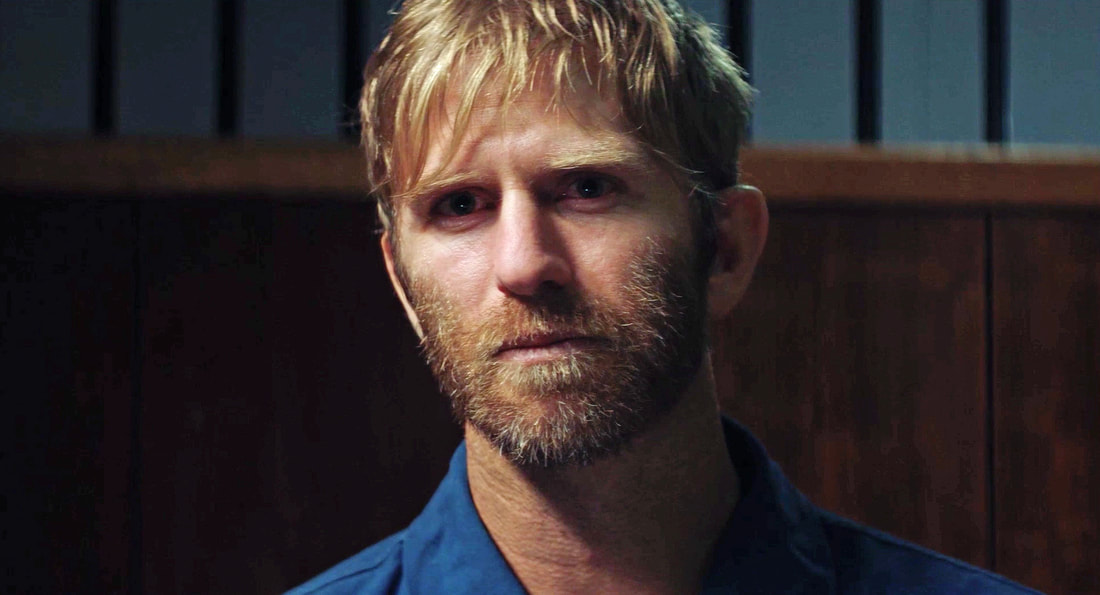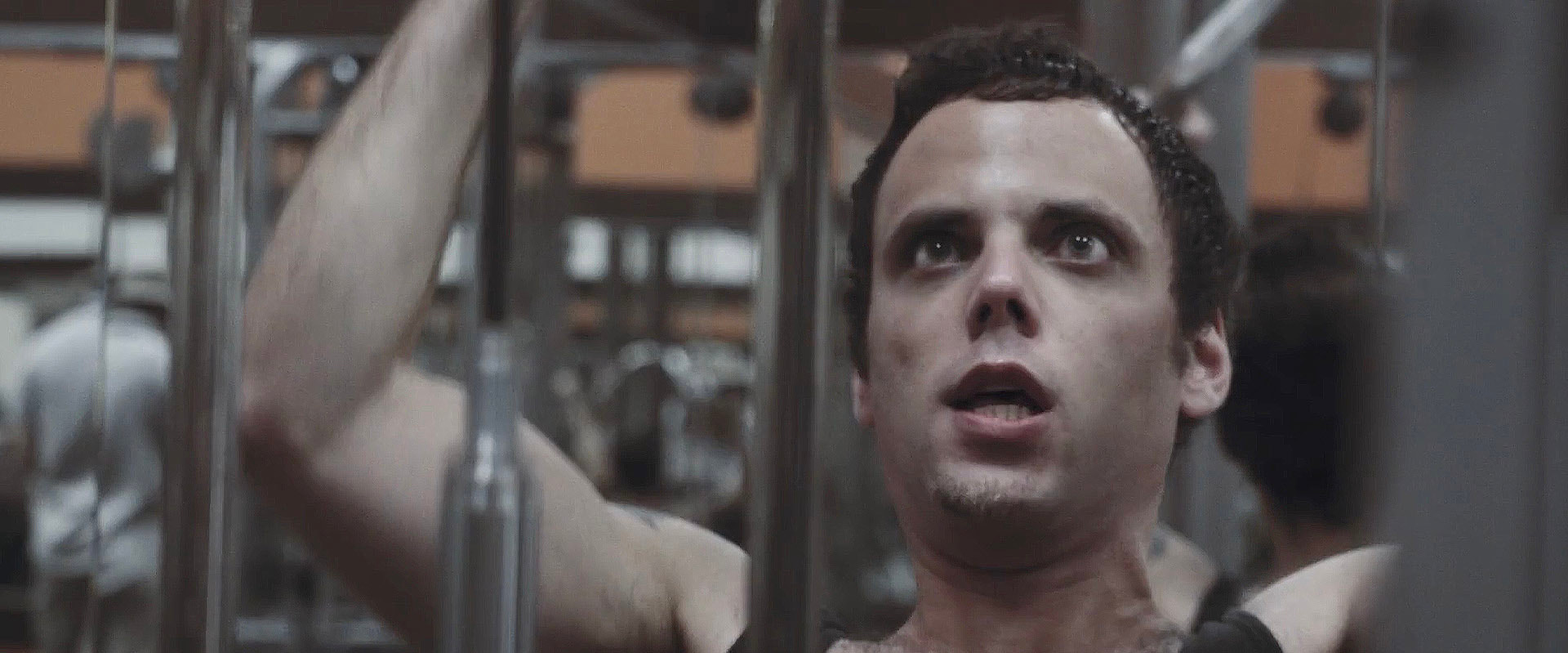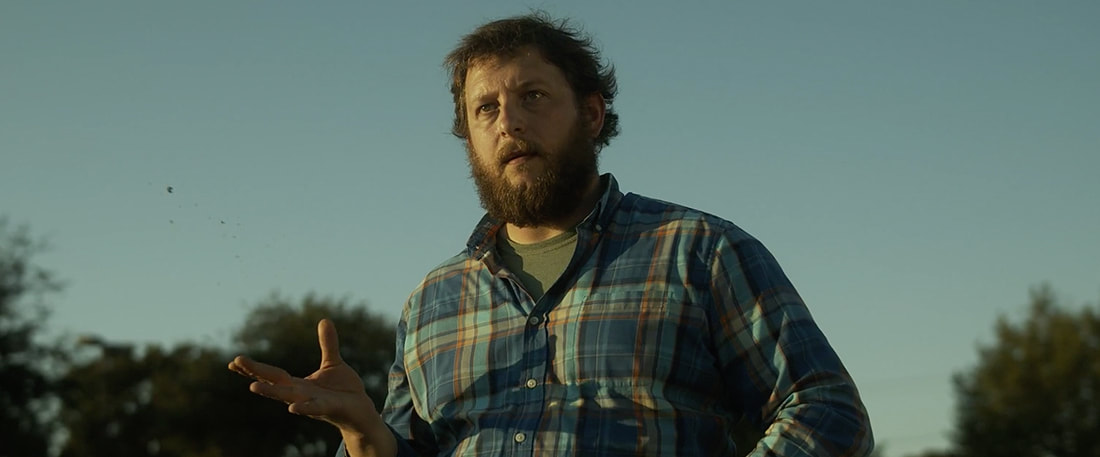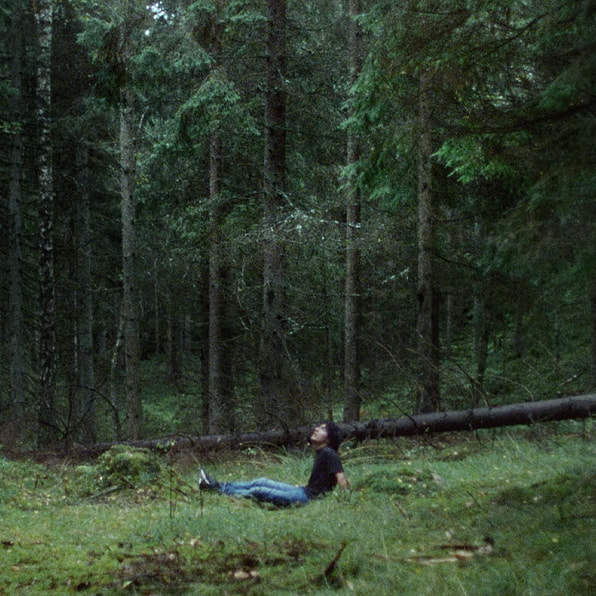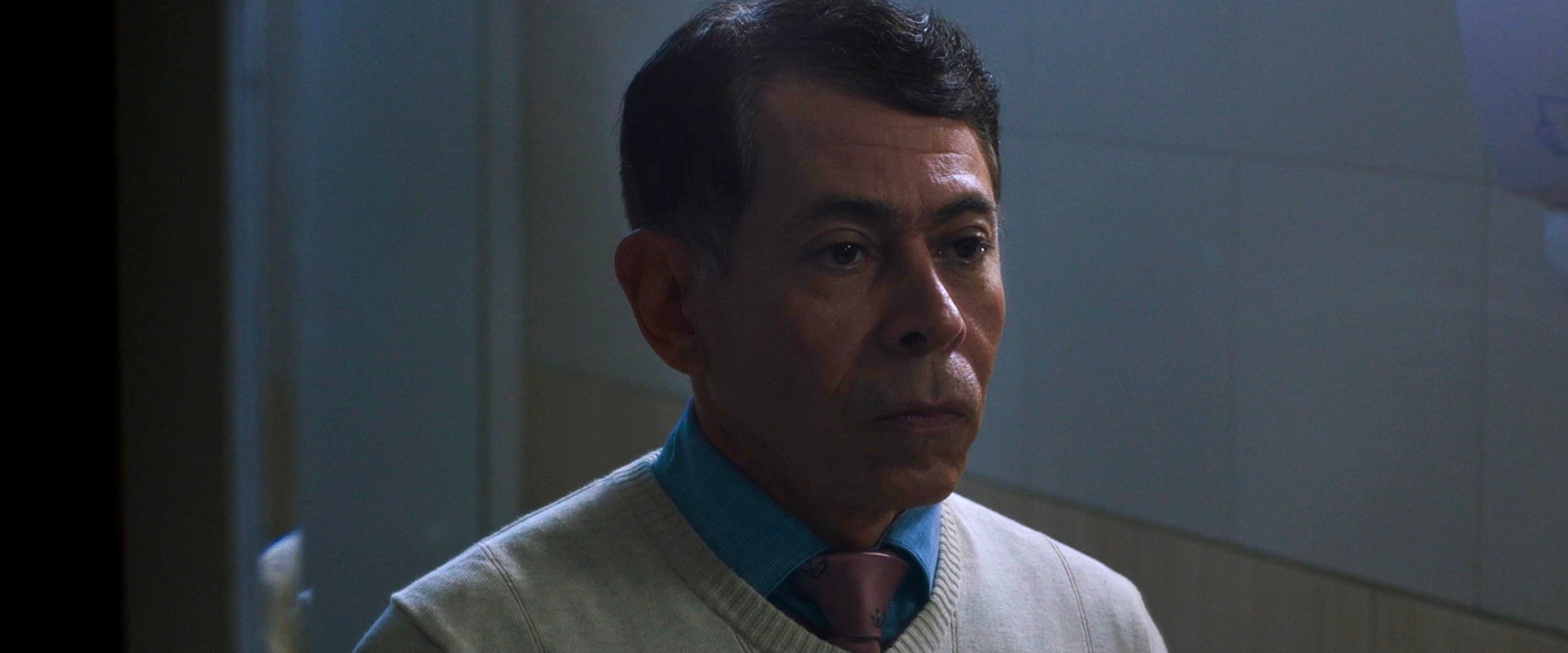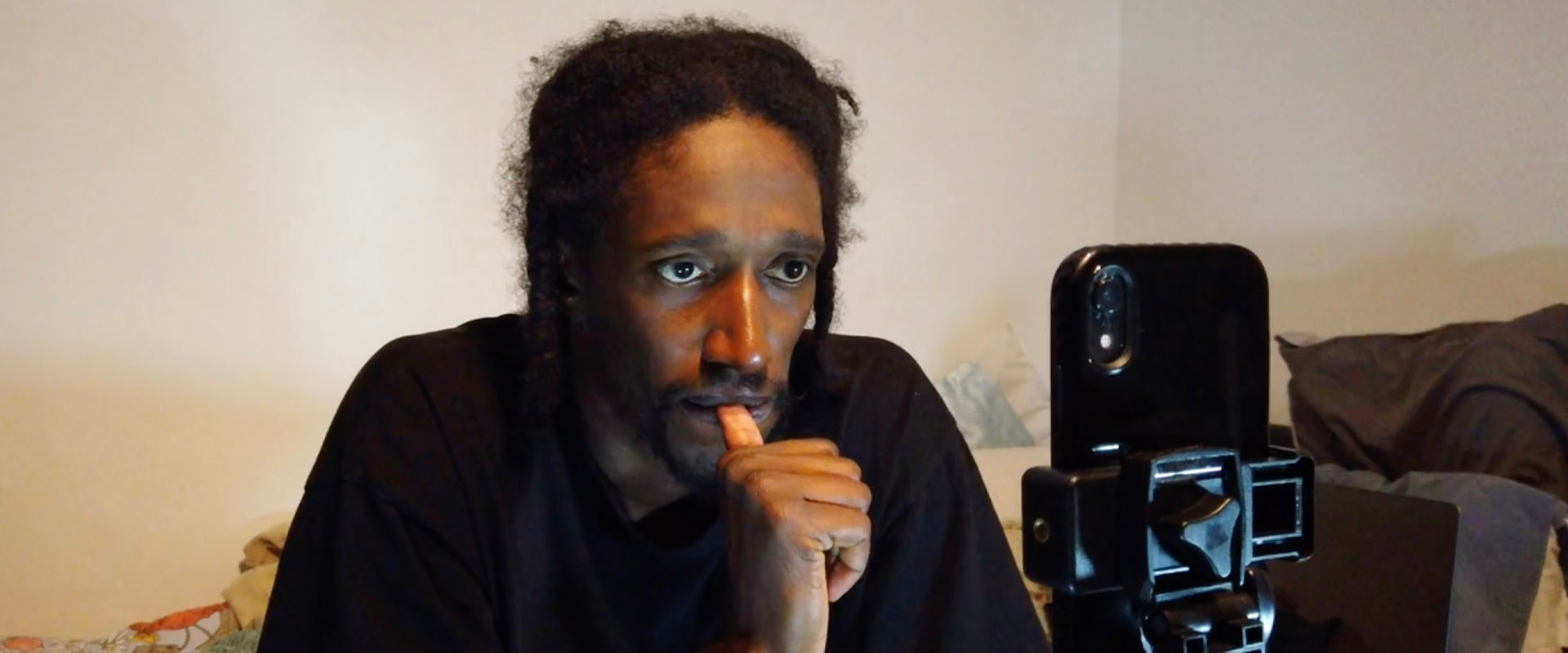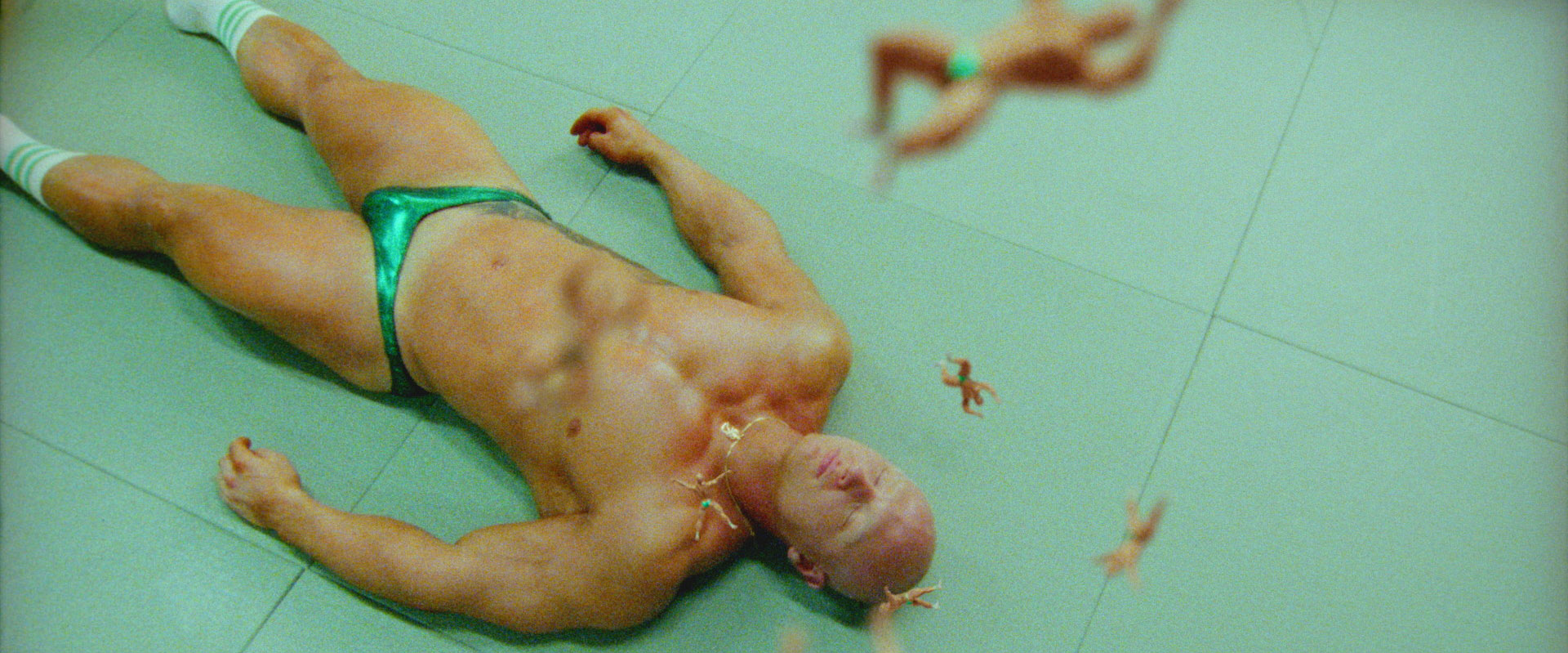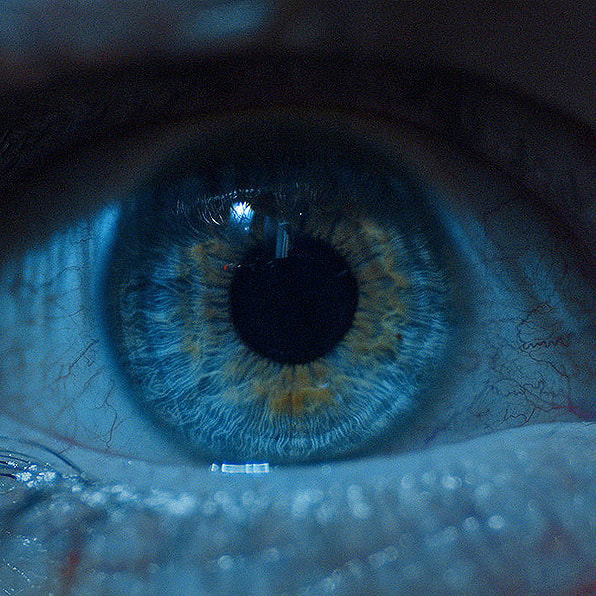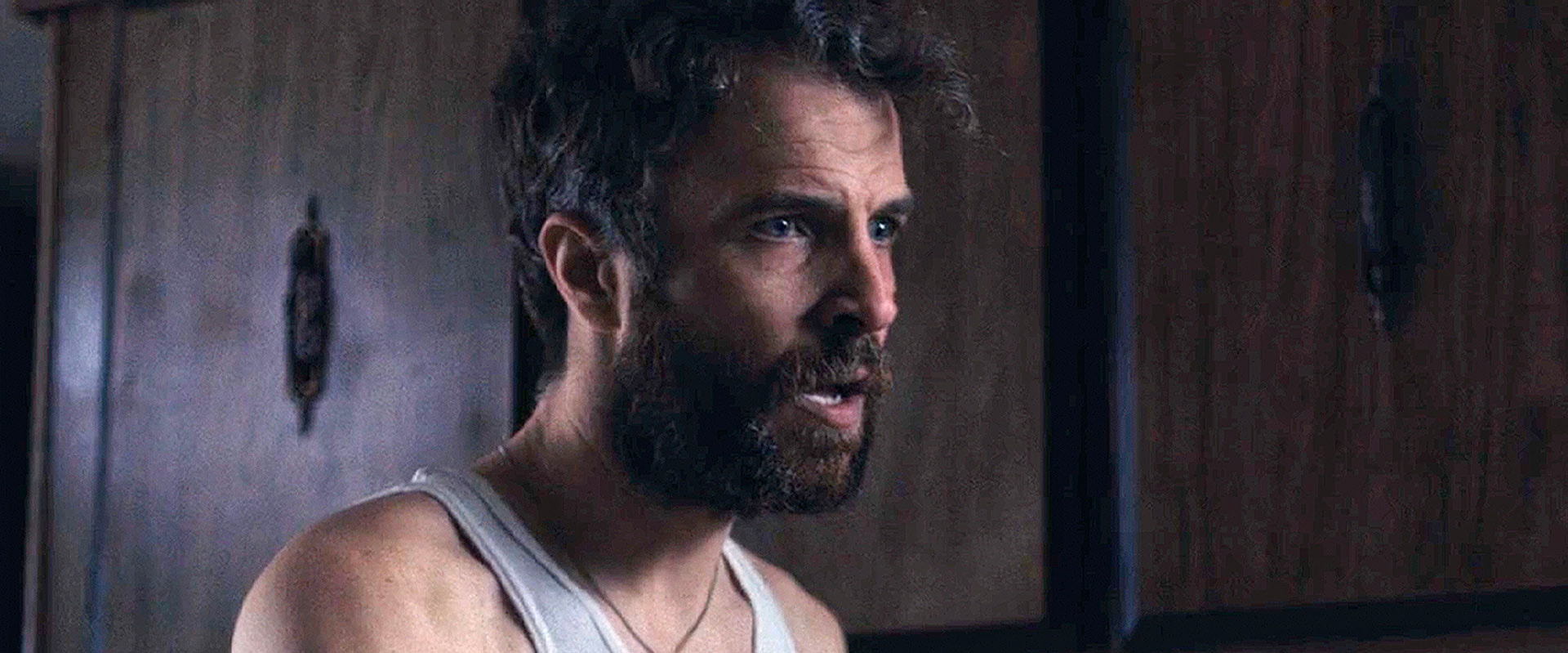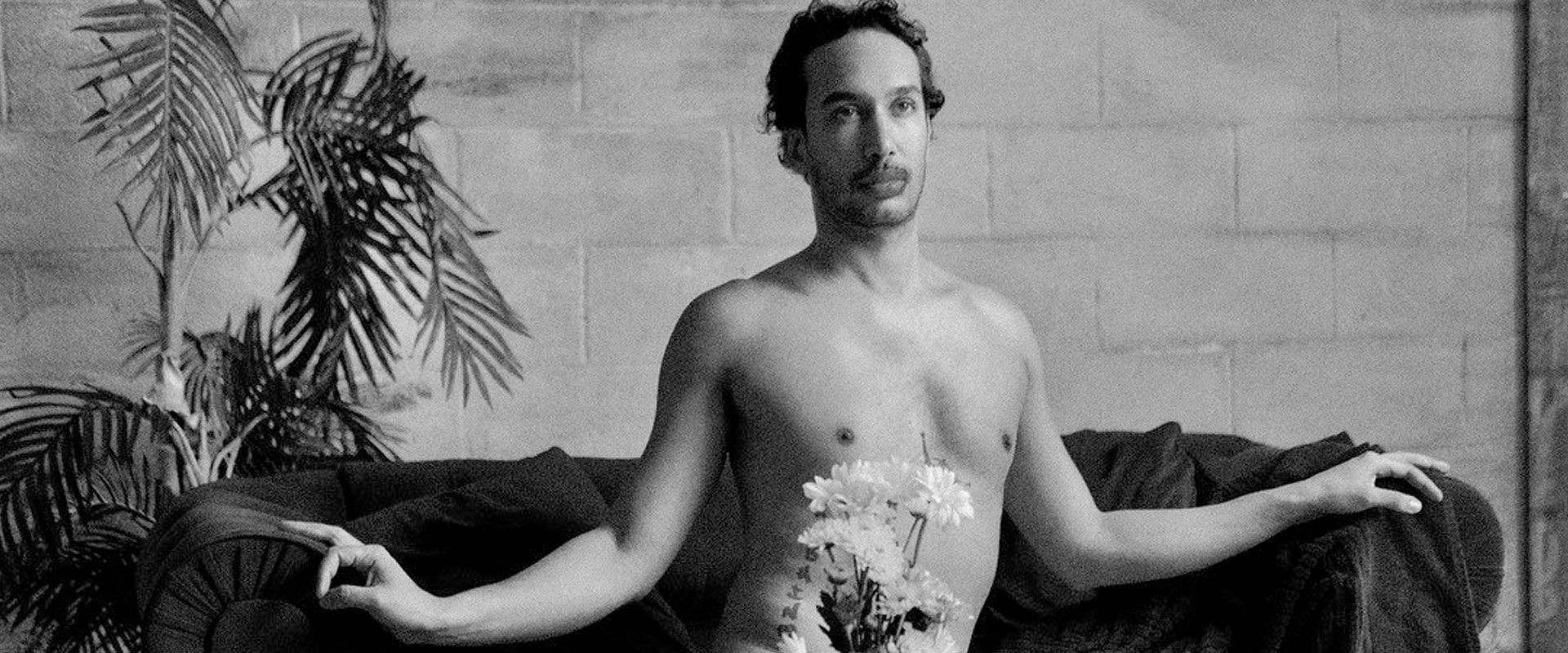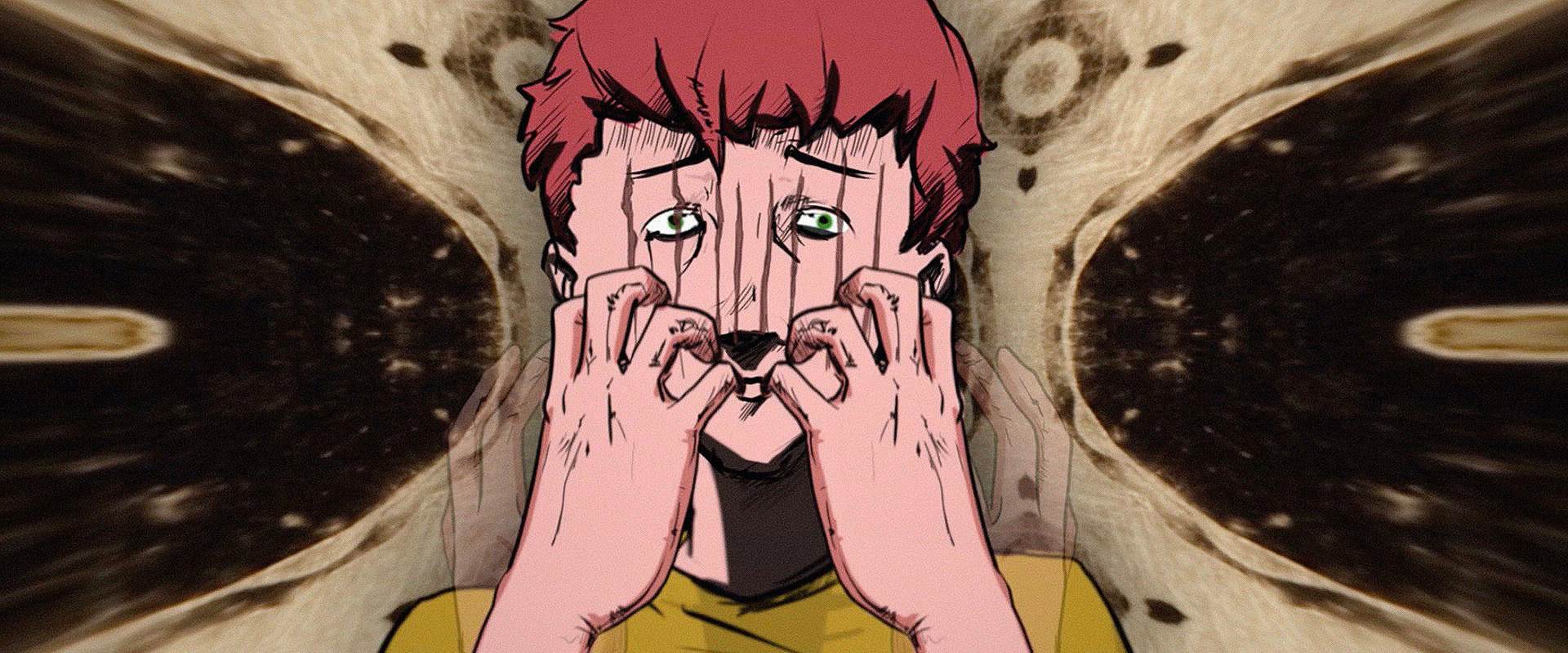MALE PSYCHE, EMOTIONAL REPRESSION + TOXIC MASCULINITY Media semiotics and socio-cultural gender constructs historically have been two of many outlets to make up the roots of toxic masculinity and the personal and societal dangers that it produces (Sexton, 2019); independent cinema has provided a vital exploratory canvas and catalyst for awareness and change for this social issue.
What is toxic masculinity? Toxic masculinity is everything that can come of teaching boys that they can't express emotion openly; that anything other than acting "tough" all the time makes them "feminine" or "weak" (Salam, 2019). But this is only scratching the surface. Projecting machismo as a toxic source of pride has magnified the effect penis length and height can have on a man’s psychology, social status, relationships, and income as adults (Hall, 2006). A lot of men have been made to feel emasculated by a constellation of standards their personal biology does not meet. Toxic masculinity may foster a tendency toward prejudice in our society, subsequently obliterating some men into loneliness to the point of existential depression and self-destruction (suicide) (watch Streamer) and has a domino effect on the opposite sex in the form of irreversible fatal transgressions (Sexton, 2019). Statistics consistently show how toxic masculinity has pushed men to the precipice of stoicism, competitiveness, male dominance, and aggression over women (ibid.). As well as its self-destructive effects, to add to this, Bock and Burkley (2019) argue that societal metaphors which promote men- as-predators and women-as-prey immortalise sexual violence (watch Juicy Girl, The Most Beautiful.). Men in the United States are 90% more likely to commit homicides and domestic violence than women (Pappas, 2019, para. 3). These spectacular films we've curated for you here visually depict how toxic masculinity works against boys to amount to their grave emotional repression, loneliness, mental health issues to the point of suicide, cognitive disequilibrium, shame and body confidence issues, and aggression to the point of sexual assault and femicide. Our ambitious filmmaker wolves as well as through their choice of characters and stories, go a step further with their films to invoke gender equality past the more extreme manifestations of toxic masculinity (physical trepidations against women, suicide), but the mental reverberations toxic masculinity can have on men. These films invoke the question as to how we got here? Why has society pressured boys from a young age to not show any emotion or vulnerability? To the point that they are repressed and can only transmit their emotion through anger and aggression? Can toxic masculinity be deemed responsible for making women daily sufferers of domestic violence? Do women for their husbands, as a consequence of toxic masculinity, have to take on the role of an emotional punchbag as well as that of a wife? (Sexton, 2019). I recommend watching these films in the following order: Journey: - "Boys don’t cry" social construct/emotional repression - boys bottle up (Only Death Never Dies / A Good Man); - How that social construct can work against boys internally to loneliness/mental health/suicide (Ghabe / Streamer / Manara / Kiwewe Nyeusi “Black Trauma”); - How it can work against boys to promote aggression against women/femicide -more extremist/brutalist manifestations of toxic masculinity but true harsh depictions (Juicy Girl / The Most Beautiful. / You Say Nothing); - The effects of toxic masculinity in homosexual men and men who have suffered sexual assault (pedophilia for example) = shame/depression/repression/suicide (Coming To Light / You Say Hello / Light / Agatha / The Incredibly Short Life of Peter Panties); - Loneliness/pressure related to not amounting to desired forms of masculinity by society's standards (size/height), a subtle type of societal oppresion (Flex / Looking For A New Place To Begin / Streamer / Pisahueco “Holestepper”). I know this streaming room will prove most heart-breaking and thought-provoking, We can't wait to hear your thoughts and commentary, share them with us below or across our social media platforms and join the conversation. A References · Bock, J. and Burkley, M. (2019). ‘On the Prowl: Examining the Impact of Men-as-Predators and Women-as-Prey Metaphors on Attitudes that Perpetuate Sexual Violence’, Springer Science+Business Media LLC. [online] Available at: https://www.researchgate.net/publication/325020059_On_the_prowl_ Examining_the_impact_of_men-as-predators_and_women-as- prey_on_attitudes_that_perpetuate_sexual_violence [Accessed 12 Nov. 2020]. · Hall, S.S. (2006). Size matters : how height affects the health, happiness, and success of boys—and the men they become. Boston: Houghton Mifflin Co. · Pappas, S. (2019). ‘APA issues first-ever guidelines for practice with men and boys’, CE Corner, Vol 50, No. 1. [online] Available at: https://www.apa.org/monitor/2019/01/ce-corner. [Accessed 15 Nov. 2020]. · Salam, M. (2019). 'What Is Toxic Masculinity?', The New York Times. Available at: https://www.nytimes.com/2019/01/22/us/toxic-masculinity.html [Accessed 13 December 2020]. · Sexton, J.Y. (2019). MAN THEY WANTED ME TO BE : toxic masculinity and a crisis of our own making. S.L.: Counterpoint.
|
JUICY GIRL
|
- About
-
News Journal
- Press Releases >
- Film Reviews >
- Screenplay Feedback
-
Interviews
>
-
| 2023 |
>
-
SPRING CLASSIFIERS (28 APR)
>
- A SPECIAL BREAKFAST (Germany) · Savo Cubrilovic, Sarah Timm
- MAHOGANY (USA) · Allana De'nai
- THE STORY OF TITUBA: HAPPY 4 U (Sweden) · Jayce Landberg
- WE THE PEOPLE? (USA) · Sai Man (Simon) Zhao
- WHEN BUYING A FINE MURDER (Italy) · Gabriele Tacchi
- DON'T CRY (Germany) · Hisham Zreiq
- TROLLED (USA) · John F. Uranday
-
SPRING CLASSIFIERS (28 APR)
>
- | 2022 | >
-
| 2023 |
>
-
Competition Results
- | 2023 |
- WINTER CLASSIFIERS (21 DEC) >
- SUMMER CLASSIFIERS (31 JUL) >
- SPRING CLASSIFIERS (28 APR) >
- | 2022 |
- WINTER FEST (23-31 Dec) >
- SUMMER FEST (10-14 AUG) - ALL FINALISTS
- SPRING FEST (29 APR-7 MAY) - ALL FINALISTS
- | 2021 |
- WINTER FEST (16-26 DEC) - ALL FINALISTS
- SUMMER FEST (30 JUL-8 AUG) - ALL FINALISTS
- SPRING FEST (27 MAR-4 APR) - ALL FINALISTS
- | 2020 |
- WINTER 2020 FEST (15-31 DEC) - ALL FINALISTS
- AUTUMN 2020 FEST (30 SEP-4 OCT) - ALL FINALISTS
- SUMMER 2020 FEST (22-26 JUL) - ALL FINALISTS
-
Digital Cinema
- | 2023 |
- WINTER FEST (21-31 Dec)
- | 2022 |
- 🔒 WINTER FEST (23-31 Dec)
- 🔒 SUMMER FEST (10-14 AUG)
- 🔒 SPRING FEST (29 APR-7 MAY)
- | 2021 |
- 🔒 WINTER FEST (16-26 DEC)
- 🔒 SUMMER FEST (30 JUL-8 AUG)
- 🔒 SPRING FEST (27 MAR-4 APR)
- | 2020 |
- 🔒 WINTER 2020 FEST (15-31 DEC)
- 🔒 AUTUMN 2020 FEST (30 SEP-4 OCT)
- 🔒 SUMMER 2020 FEST (22-26 JUL)
- SUBMIT NOW
|
© 2020 Lonely Wolf, member of FILMFINITY SL. All Rights Reserved.
|
